Winter Holidays 101
Christmas, some would say, is done to death in a retail environment. In one sense, it is such a huge holiday that, if improperly prepared for, could be the death of profits. But what of other winter holidays, religious and otherwise? Stan Pohmer, Jr., CEO of Pohmer Consulting Group and executive director of the Flower Promotion Organization, said it all depends on region. “Some of the holidays are local and ethnic in basis,” he said. “I think you have to identify the market opportunities.”
Examples Pohmer offers are Sweetest Day and Mardi Gras, the former popular in the Midwest, the latter mostly in the South. “Mardi Gras to Midwesterners is just another cold winter day,” he said, but “if you try to make it an entertainment theme, you might have some success with it.”
Mardi Gras
Mardi Gras, which means “Fat Tuesday” in French, is the grand finale of a long period of celebration that begins 12 days after Christmas. Mardi Gras day is always celebrated on the Tuesday before Ash Wednesday (also referred to as carnival season).
Beryl Deluzain, owner of Old Metairie Plant Station in Metairie, La., said purple, green and gold are popular year round (they are also Louisiana State University’s school colors). As for celebrating Mardi Gras, it’s not just for New Orleans residents, Deluzain said. People have Mardi Gras celebrations in Alabama, Florida and Mississippi with parades and parties. Florists are swamped in the spring for the holiday.
Chinese New Year
As for cultural holidays like Hanukah, Kwanzaa and Chinese New Year, the number of celebrants drives the marketing strategy. In cities with a large Chinese population, garden centers benefit from having a supply of plants and flowers for Chinese New Year. In the Gregorian calendar, the Chinese New Year falls on different dates each year between Jan. 21 and Feb. 20.
Sloat Garden Center’s San Francisco, Calif., locations offer Chinese New Year celebrants many options for the holiday. Manager Bill Barnett said the stores offer an array of citrus plants, especially kumquats and mandarins, because the fruits symbolize coins. The holiday’s signature color, red, which stands for good luck, is most often represented in azaleas. The redder, the better, said Barnett. Actually, anything in red or gold is popular.
Sloat’s always loads up on a tropical plant commonly known as lucky money tree. Pachira aquatica (Bombax blabra) is also known as Malabar chestnut. Barnett said the tree in its young form can be braided, and its leaves resemble big dollar bills. Another plant considered indispensable for the Chinese New Year celebration is paperwhite narcissus, also called Chinese sacred lily or water narcissus. It is considered good fortune if Narcissus tazetta var orientalis blooms exactly on the day of the New Year.
Hanukkah
The most important thing to remember about Hanukkah is that it is not Jewish Christmas, according to the Judaism 101 page of www.jewfaq.org. It is actually a very minor holiday in the Jewish religion. Customary activities during Hanukkah include lighting candles, playing games for chocolate coins, spinning a dreidel and eating potato pancakes. Hanukkah, also known as the Festival of Lights or Festival of Rededication, is an 8-day Jewish holiday beginning on the 25th day of Kislev, which can occur in very late November or throughout December.
A more important holiday within the Jewish tradition is Purim, which jewfaq.org refers to as, “Jewish Mardi Gras, more or less.” It is celebrated with a carnival-like atmosphere, with costumes, traditional foods, merriment and an emphasis on raising money for charity. Purim is celebrated on the 14th day of Adar, which is usually in March.
Kwanzaa
Kwanzaa is based on seven symbols that represent values and concepts of African culture. According to the official Kwanzaa Web site by the African American Cultural Center in Los Angeles, Calif., celebrants choose decorations that represent African culture, including clothes, fresh fruits and vegetables, baskets and candles.
There is no shortage of plants that are native to Africa. From the common gerbera daisies and geranium to the more exotic lithops and Clivia, garden centers can easily make an entire display of plants from Africa for the celebration of Kwanzaa. It is observed from Dec. 26 to Jan. 1 each year.
Valentine’s Day
Florists aren’t the only ones that can make money on Valentine’s Day (Feb. 14). Garden centers can offer perennials forced for mid-February bloom that practical gardeners can plant once they’ve passed their blooming prime. Many species of bleeding heart (dicentra) can be forced for Valentine’s Day. A tropical plant that puts on its best show in mid winter is jasmine.
Potted pink jasmine makes a wonderful Valentine’s Day gift with its fragrant white flowers and ability to bloom in winter. It’s called pink because of its pink buds but also to distinguish it from another winter-blooming jasmine. Jasminum nudiflorum, also called winter jasmine, has yellow flowers with no fragrance. Both plants can be moved outdoors in the summer.
St. Patrick’s Day
Everyone’s Irish on St. Patrick’s Day (March 17). In addition to the ubiquitous shamrock plant, stock up on lucky bamboo, potted Scotch moss and bells of Ireland flowers for bouquets. With the popularity of chartreuse in the garden, offer savvy customers pots of perennial lime thyme, heuchera, hypericum, centaurea or Oxalis siliquosa. Annual plants that will fill the bill include Ipomoea batatas, Salvia elegans and Helichrysum petiolare. Even some shrubs have bright green foliage. Those with spring blooms include Deutzia gracilis and Kolkwitzia amabilis.
Earth Day
Earth Day (March 20), occurring each year on the spring equinox, can be celebrated in any number of earth-friendly ways, including tree planting and the use of native flora in the landscape. Consider offering presentations on organic gardening and earth-friendly, organic fertilizers. Other demos that prove earth friendly are composting and the lasagna method of gardening written about by Patricia Lanza.
There are a number of holidays and events throughout the winter that you can capitalize on. It really all just depends on your demographic. Holidays are fun and there are others out there in addition to Christmas. This year, pick one that best suits your customers (on top of the popular Christmas) and see if it brings in a few extra customers that you didn’t have before. You may soon find your garden center is known for its winter holiday cheer, and not just your Christmas cheer.


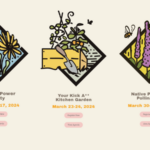

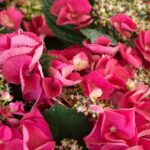


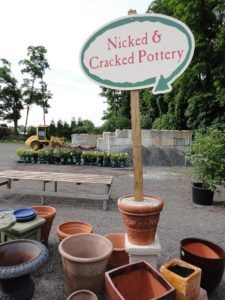
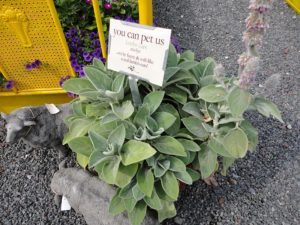


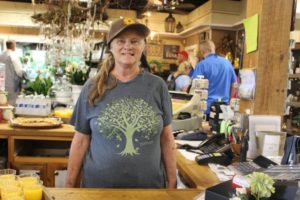
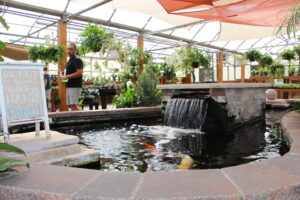
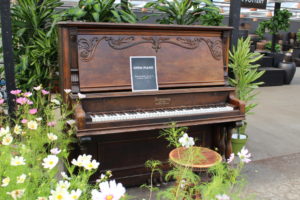


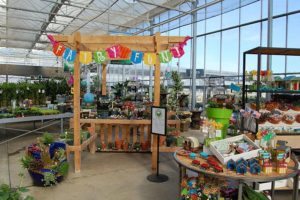

 Videos
Videos





